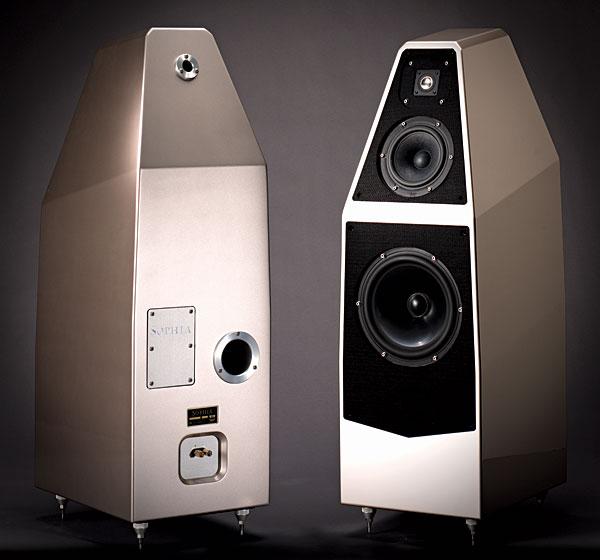| Columns Retired Columns & Blogs |
How far is your listening position from the speakers? You mention that they are 53" from the wall behind them. Is that measured from the rear of the speaker? If so that puts them quite far into your room and your listening position must then be fairly close to the rear of the room.
I'm very interested since my W/P7s in a 15' by 17' room are about half that from the wall behind them and trying to get them further into the room would have me in a very near-field listening position.
I would also be very interested in your impressions of the Sophia 3s vs the W/P 7s and then how the Sashas compare. For instance, is one 10" woofer better than two 8"s? I do have some trouble getting the lowest octaves of the 7s projected into my room.
Great writing Art. I have to rely on you and a few others to get listening impressions since I have a very difficult time auditioning equipment here in Southwestern NM. Thanks







































